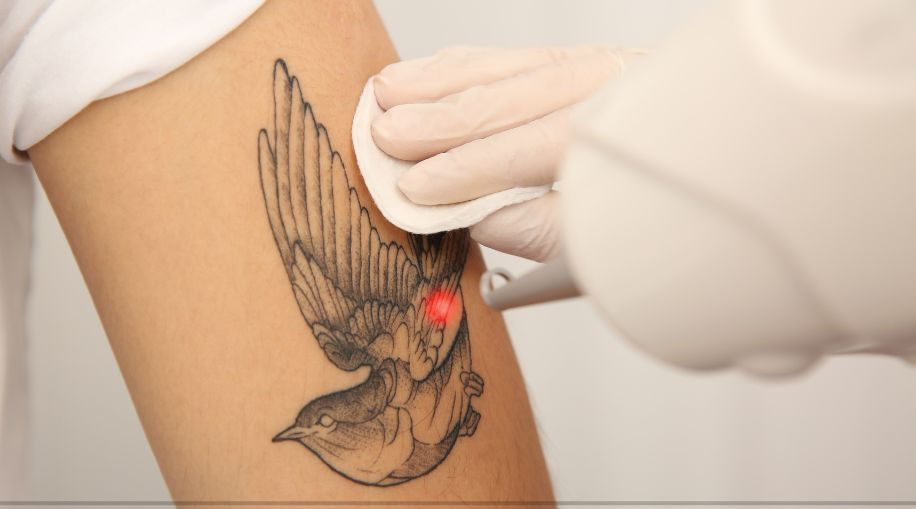Beyond the Ink
Getting a tattoo is a personal choice, but what if you later decide you want it removed? Tattoo removal has become more common, but there are some things that aren’t always talked about. Learn about what you need to know before starting the tattoo removal process.
4 Things You Have to Know About Tattoo Removal
1. It Can Be More Painful Than Getting a Tattoo
Many people assume that tattoo removal will be similar in pain to getting a tattoo, but it can actually be more uncomfortable. The process often involves laser treatments that target the ink in your skin. This can feel like a rubber band snapping against your skin. Some areas of the body are more sensitive, and the discomfort can vary depending on the size and color of the tattoo.
Tip: If you’re worried about pain, discuss pain management options with your dermatologist or removal specialist. They might offer numbing creams or suggest other methods to make the experience more tolerable.
2. Multiple Sessions Are Usually Required
Tattoo removal isn’t a one-time procedure. Most people need several sessions to fully remove a tattoo. The number of sessions depends on factors such as the size, color and depth of the tattoo. Darker colors, like black and blue, are generally easier to remove than lighter colors. Each session can take weeks to months apart, as your skin needs time to heal in between.
Tip: Be patient and realistic about the time and cost involved. Discuss a treatment plan with your specialist to understand the expected number of sessions and the overall timeline.
3. There Might Be Scarring or Skin Changes
While modern tattoo removal techniques are generally safe, there’s always a risk of scarring or changes to your skin. The laser breaks down the ink particles, which your body then absorbs and removes. Sometimes, this process can lead to pigmentation changes, such as lighter or darker spots, or even scarring. Your skin type and the quality of the tattoo can affect the outcome.
Tip: Follow aftercare instructions carefully and consult with your specialist about the risks. They can provide guidance on how to minimize the chances of scarring and what to expect.
4. The Tattoo Might Not Be Completely Gone
In some cases, a tattoo may not be entirely removed, even after multiple sessions. Factors such as the type of ink used, the depth of the tattoo and your skin’s response can affect how well the tattoo fades. Some tattoos may only lighten significantly rather than disappearing completely.
Tip: Have an open conversation with your specialist about what results you can realistically expect. They can give you an idea of how much your tattoo will fade and what options you might have if complete removal isn’t possible.
The Hidden Side of Tattoo Removal
Tattoo removal is a complex process with several factors to consider. It can be more painful than getting a tattoo, requires multiple sessions, might lead to scarring or skin changes and may not result in complete removal. Understanding these aspects can help you make an informed decision and prepare for the process. Always consult with a qualified professional to discuss your options, risks and what to expect, so you can approach tattoo removal with realistic expectations and confidence.

